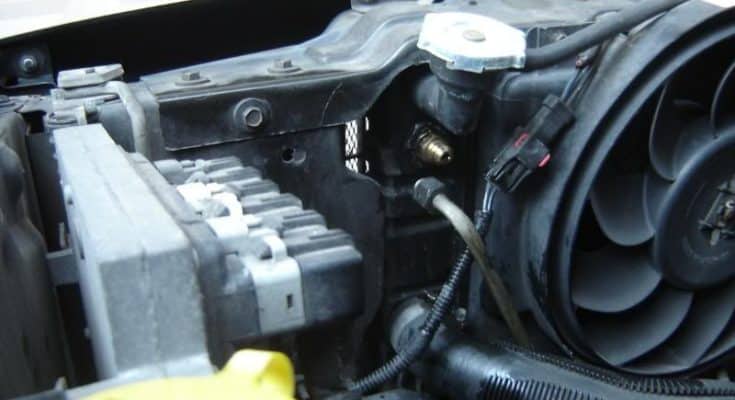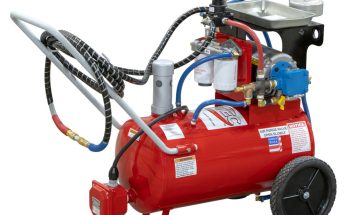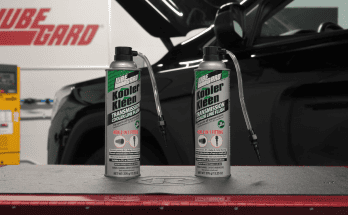As we know, vehicles with automatic transmissions utilize a transmission cooler as a critical component of their cooling system. This is done to keep transmission temperatures in a suitable range for long term operation and reliability. Transmission coolers are a simple yet sometimes often over-thought part of a vehicles cooling system, especially when there is an external cooler in the mix.
Many times people will often question where the transmission cooler is on there vehicle and how to find it, especially when they’re considering to install an external transmission cooler. This guide will help you not only find and identify where your transmission cooler is located, but will show you what it looks like, taking a peek behind the curtain so to speak.
Does The Radiator Cool The Transmission – How Does A Radiator Cool Transmission Fluid
The default location for a transmission cooler is within the vehicle’s radiator, and this is designed to be as efficient as possible.
The way the radiator cooler transmission fluid is by utilizing the motor’s coolant system to regulate transmission fluid temperatures.
No, there is no coolant or anti freeze going into the transmission cooler (although it can happen and can get ugly fast, which is a symptom of a bad transmission cooler) but is used to keep the transmission cooler cooler or help heat up fluid in colder climates. The below image shows what the transmission cooler inside the factory radiator looks like.
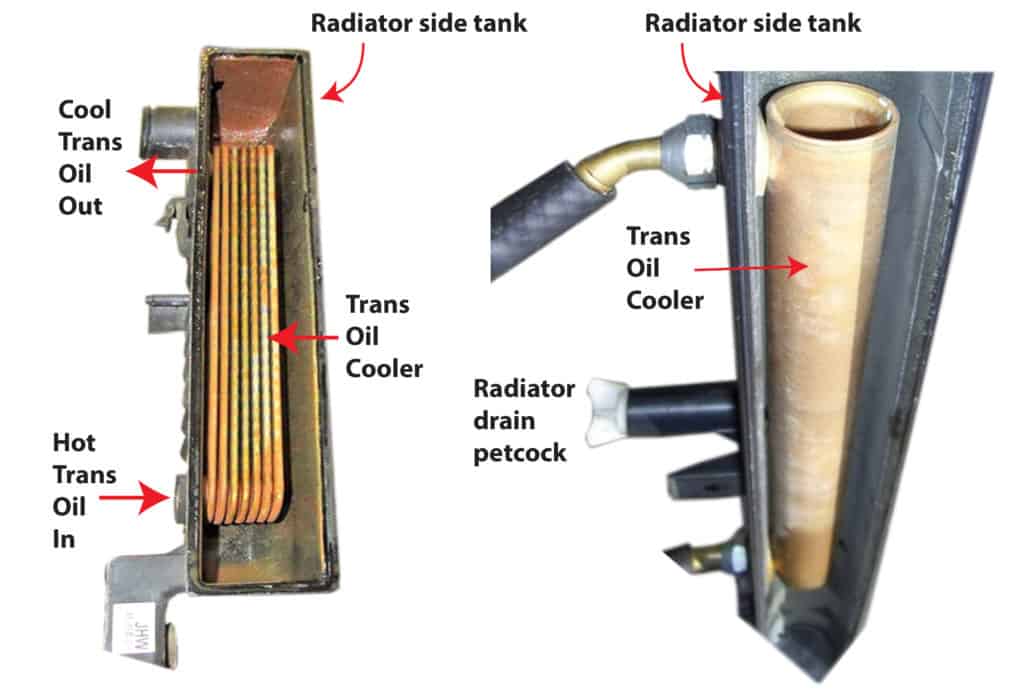
Since transmissions build a lot of heat, especially the fluid leaving the torque converter going to the cooler, having a transmission cooler built into the radiator allows the car’s coolant to absorb the heat from inside the transmission cooler. This keeps temps in-line to what the coolant temperature is, and usually below.
As you can see from the example above, the radiator’s internal transmission cooler isn’t really anything impressive, which is why it’s a good idea to install an aftermarket cooler external of the radiator, or in some cases, bypass it completely.
Many will argue that the in-tank radiator transmission cooler acts as more of a “transmission heater” which is true in a sense, and that it doesn’t do the best job at maintaining transmission temperatures.
For a more in-depth look at the transmission cooler located inside the radiator, the below video does a great job of showing everything.
External Transmission Cooler Location
It’s not too common anymore to have a vehicle with a factory designed external transmission cooler unless you have a heavy duty truck or SUV. While this isn’t entirely bad since transmissions and fluid have come a long way, many vehicles could benefit from it.
Here is an example of a factory mounted external transmission cooler on an older GM 1500 truck or SUV. As you can see, the cooler is rather small, but based on the location, receives a lot of incoming airflow which helps in lowering transmission temperatures compared to the same truck without the external cooler.
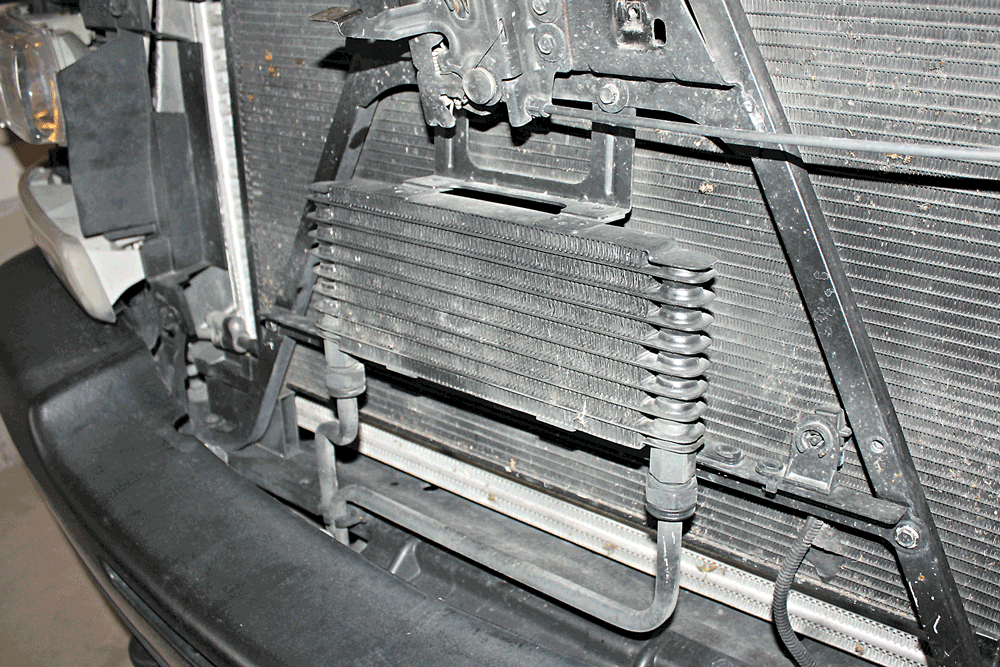
As you can see, your vehicle’s transmission cooler is quite easy to find, all you need to do is simply follow the transmission lines, and more than likely, this will lead you to the radiator.
The vast majority of vehicles on the road utilize just the radiator’s built in transmission cooler to keep transmission temperatures cool. However, there is always the possibility of installing an aftermarket cooler to further increase your vehicle’s transmission cooling capabilities.

